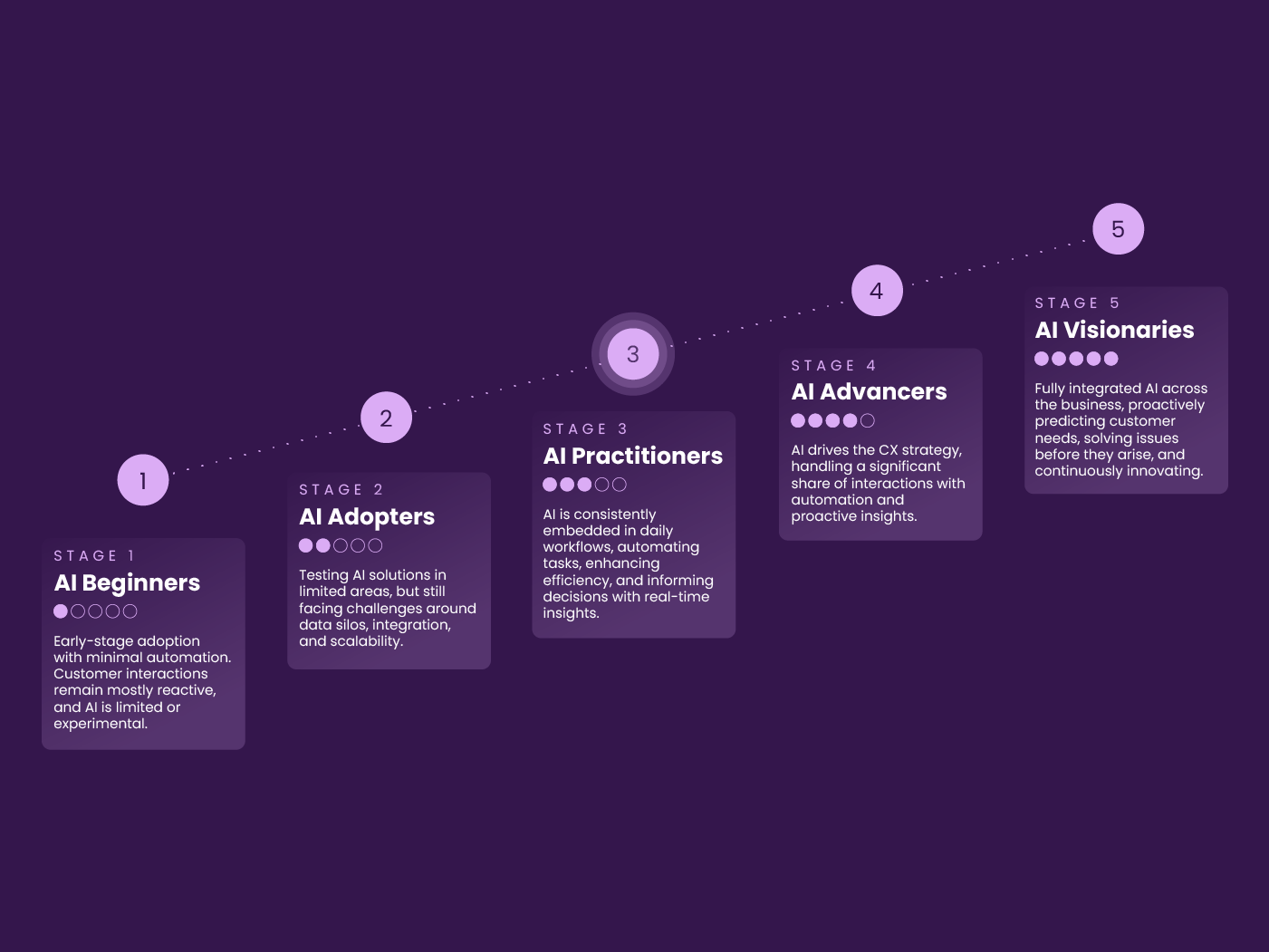Our blog.
Most popular articles.
AI and Automation
5 min read
Introducing the Puzzel Virtual Agent Suite: Transforming Customer Engagement with AI.

By:
Gabi Warren
Press & Media
5 min read
New survey reveals top 2025 trends: 65% of CX leaders see AI as essential for reducing agent burnout.

By:
Gabi Warren
AI and Automation
Agent Experience
5 min read
Balancing AI and human empathy: Why soft skills matter in customer service.

By:
Jeanine Desirée Lund
Latest articles.

AI and Automation
What virtual agents need to perform at their best: 5 best practices

CX strategy
From Conversations to Competitive Advantage: Unlocking the Power of Conversational Intelligence

AI and Automation
Why your customer conversations are your most underused CX asset

Cloud transformation
Still on-prem? Here’s what it might be costing your contact centre

AI and Automation
Manual call tagging is still eating up time — here’s how teams are taking it back

AI and Automation
Introducing Conversational Intelligence: AI-powered insights that elevate every customer conversation

AI and Automation
Where does your contact centre fall on the AI maturity curve?

Customer Experience
Connected conversations: How to deliver seamless customer experiences at scale

AI and Automation
AI in customer service: A beginner’s guide for CX leaders

AI and Automation
4 common barriers to AI adoption in the contact centre and how to overcome them

Cloud transformation
The IT perspective: 6 reasons to adopt a cloud contact centre

AI and Automation

